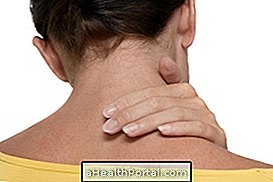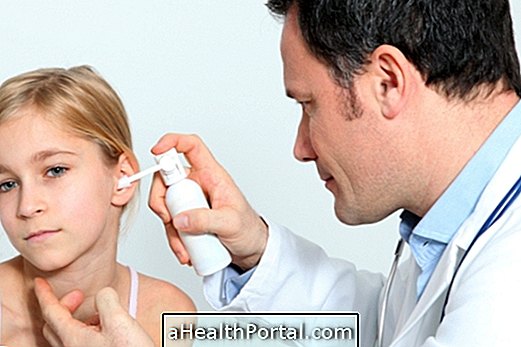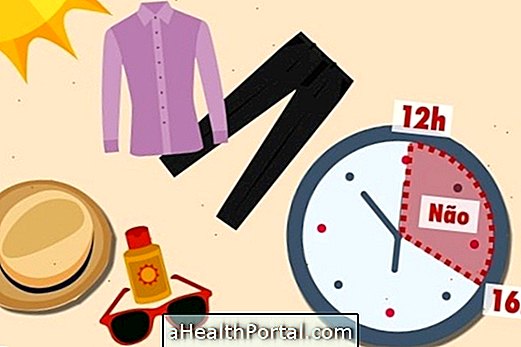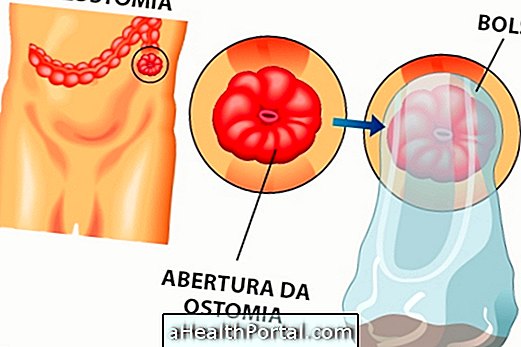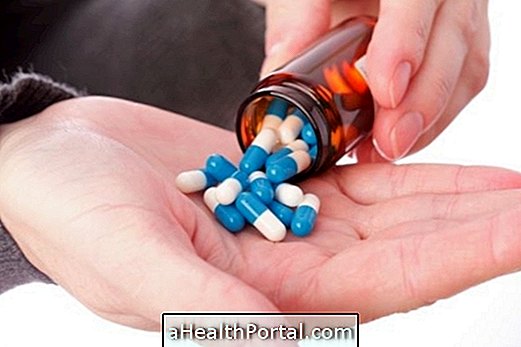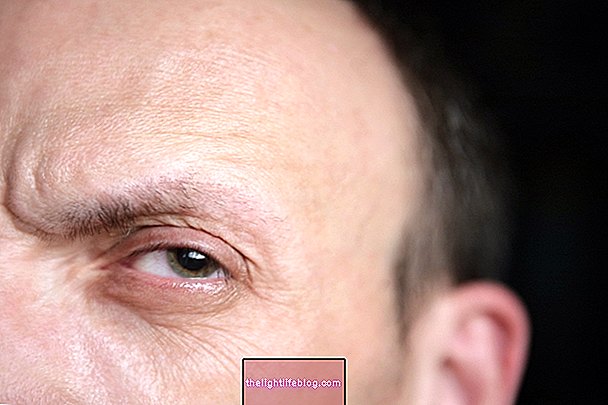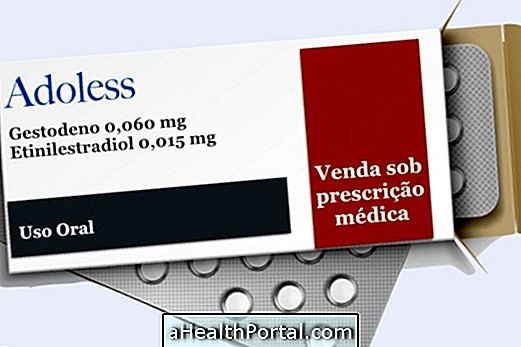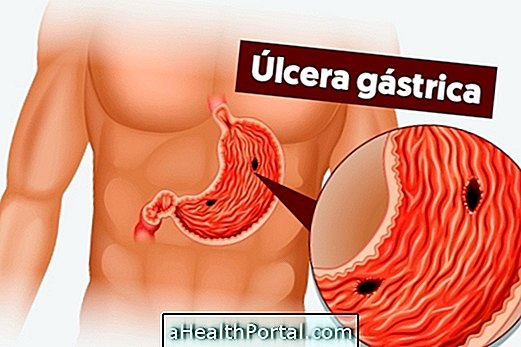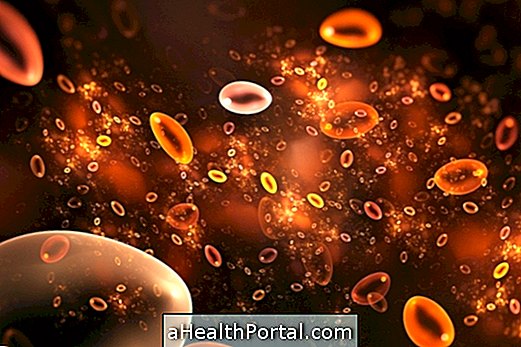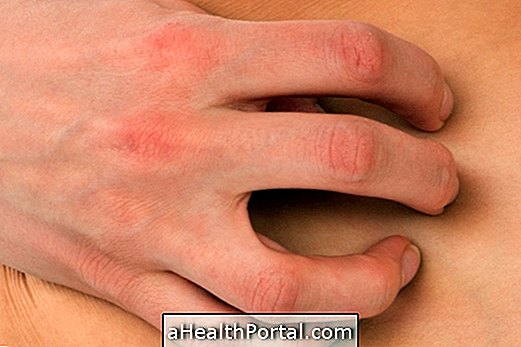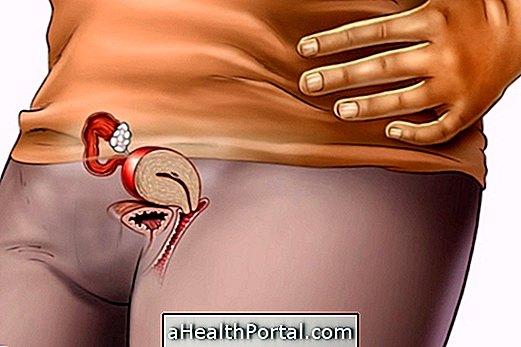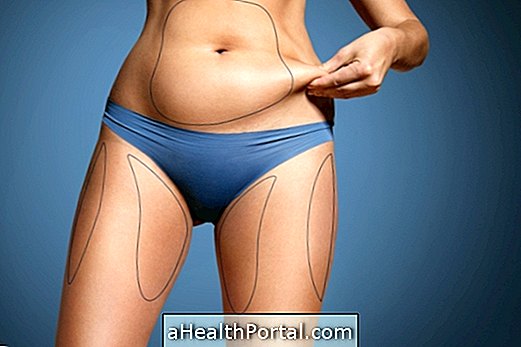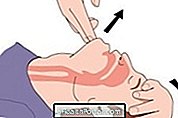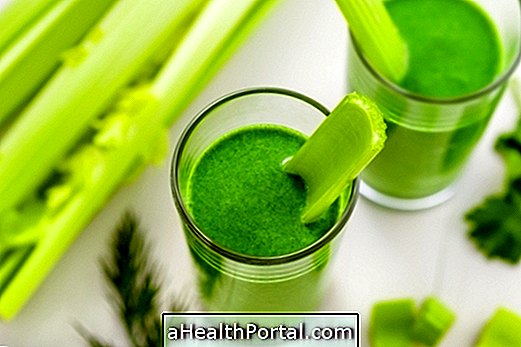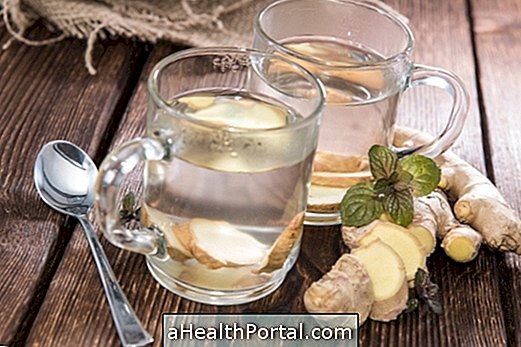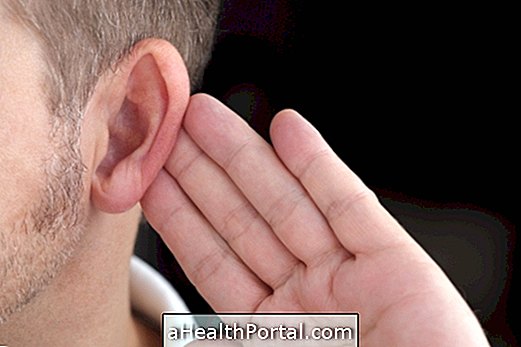To survive the lack of water when the city's water supply is suspended, it is important to adopt measures to save water.
Proper storage of clean water is critical to ensuring its integrity. The clean water can be stored in PET bottles, buckets, basins, pools, water tanks or tanks, duly covered to prevent reproduction of the dengue mosquito.
Packaging of cleaning products should not be used to store any type of water, not even to wash food.
How to know if water is good for drinking
Good drinking water should be clean, transparent, and odorless. A previously clean source of water may be contaminated with viruses, bacteria, fecal coliforms, and heavy metals. Therefore, suspect that water is unfit for consumption if it does not have these characteristics or if your storage location has:
- Dirty, muddy, has color or smell;
- Algae, which can render water toxic to human consumption;
- Animals killed in the water or on the banks of rivers and tributaries.
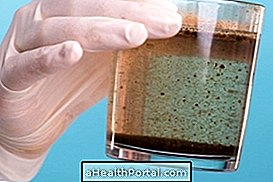
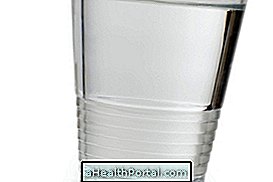
These may be indications that the water is contaminated and should not be used for human consumption. In addition, fish and crustaceans that have been in contact with polluted water should also not be ingested because they can be harmful to health. See what diseases can be caused by ingestion of contaminated water in 7 Diseases caused by Sewage Water.
In times of lack of water it is important to avoid unnecessary use, and often it is necessary to restrict water consumption, using only what is necessary to survive. However, hygiene measures are important and should not be neglected to avoid diseases.
How to use water without waste
To use water in the right way, avoiding waste is important to store 10 liters of water per person, which is enough for 3 days, and adopt the following strategies:
- Drink 1.5 liter of water a day and decrease the consumption of salt, which promotes thirst;
- Clean hands with alcohol gel or homemade disinfectant whenever needed;
- Use only 1/2 cup of water to brush your teeth, using as little toothpaste as possible;
- Do not use the toilet by peeing the soil and faeces in the newspaper, then placing it inside the garbage bag for the garbage truck to take to the landfill;
- Give water to the pets but prevent their water container from being too full;
- Do not bathe with shower water, using only 1 bucket of 5 liters of water to clean hands, genitals, underarms and feet with as little water as possible or use moist tissues;
- Wash dishes without water, using newspaper, magazine or kitchen paper to remove food leftovers from pans, dishes and glasses. At the end spray a small amount of clean water or liquid alcohol and wipe with a clean cloth. Consider using disposable cups, plates, and cutlery.
Also it is important to avoid wasting water by not watering the plants until water supply is regularized and do not wash the car, motorcycle, bicycles and outdoor areas.
How to reuse rainwater
Rainwater can be used to clean the house, water the plants, flush the toilet and wash clothes. Passing rainwater through a sieve to remove leaves and other minor debris can help purify the water, expanding its possibilities of use.
If the water has no odor or color, this water can be purified using sodium hypochlorite. Simply drip 2 to 4 drops of sodium hypochlorite into 1 liter of water and wait half an hour to use.
In some situations, rainwater may be contaminated with heavy metals and therefore the safest is not to use this water for human or animal consumption. Water suspected of being contaminated with mercury should not be boiled because it can pass mercury into the air and is harmful to health.
How to make a homemade antiseptic to wash your hands without water
This homemade antiseptic can be used to clean the skin with a little water and a clean cloth, being very useful to disinfect the hands, arms, legs and feet.
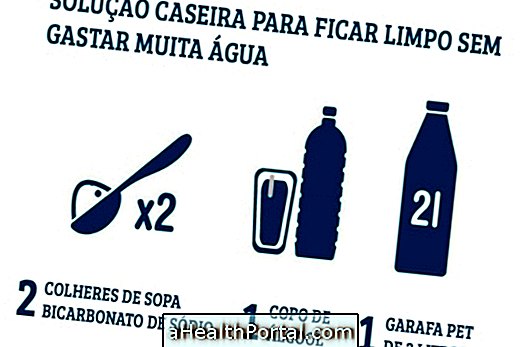
Ingredients:
- 2 tablespoons baking soda
- 1 glass of alcohol
- 5 cloves
- about 2 liter of water
Method of preparation:
In a 2-liter PET bottle, add the ingredients, starting with sodium bicarbonate and then the others, and then shake the mixture well.
Although this homemade disinfectant does not irritate the skin, its use in children and the elderly should be done with caution because these people have a more sensitive skin, which gets irritated more easily.
How to Make a Homemade Shampoo to Wash Your Hair Without Water
Dry shampoo is a great option to wash your hair when it lacks water, and this can be easily bought at beauty salons or cosmetic stores. In addition, this type of shampoo can also be made at home, in a homemade and natural, chemical-free way, using just a few simple ingredients:
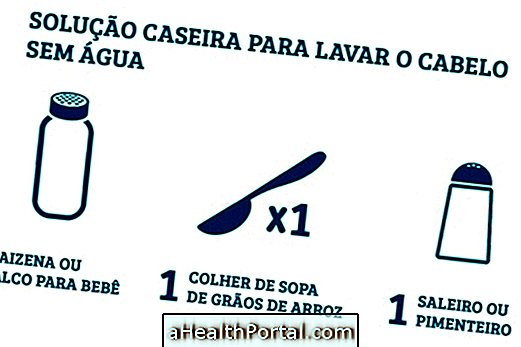
Ingredients:
- cornstarch or baby powder
- 1 tablespoon rice grains
- 1 salt shaker or 1 pepperoni
Method of preparation:
Fill the salt shaker with cornstarch or baby powder and add the rice grains. Shake the franc well, apply on the root of the hair and massage with the fingers and leave to act between 5 to 10 minutes. At the end of this time, comb the hair to remove the dry shampoo.
Dry Shampoo should only be applied once a day and only at the root of the hair. To apply, you must separate the hair in different areas of the head, and apply small amounts of the product directly to the root of the hair, massaging with the fingers until the powder disappears.
The added rice will only serve to help prevent the powder from sticking inside the jar. In addition, if you have brown hair, you can add unsweetened cocoa powder to the mixture, or if you are redhead you can add cinnamon powder. These ingredients will prevent your hair from turning whitish, helping the dry shampoo to blend better with the color of your hair.
If you prefer, this shampoo can also be made using Baking soda, and in this case for every 2 tablespoons of cornstarch should add 1 spoon of Bicarbonate of sodium. However, this version of dry shampoo should not be used on hair with chemistry, such as dyes, straightening, sealant or progressive brushes.
